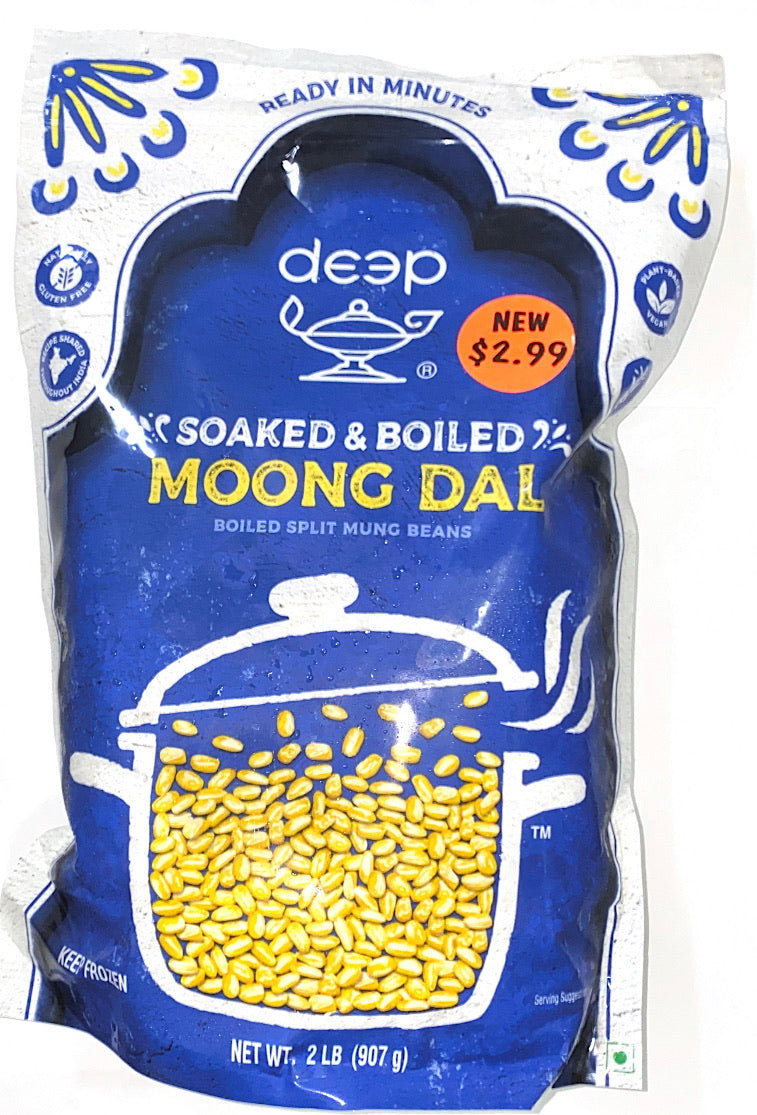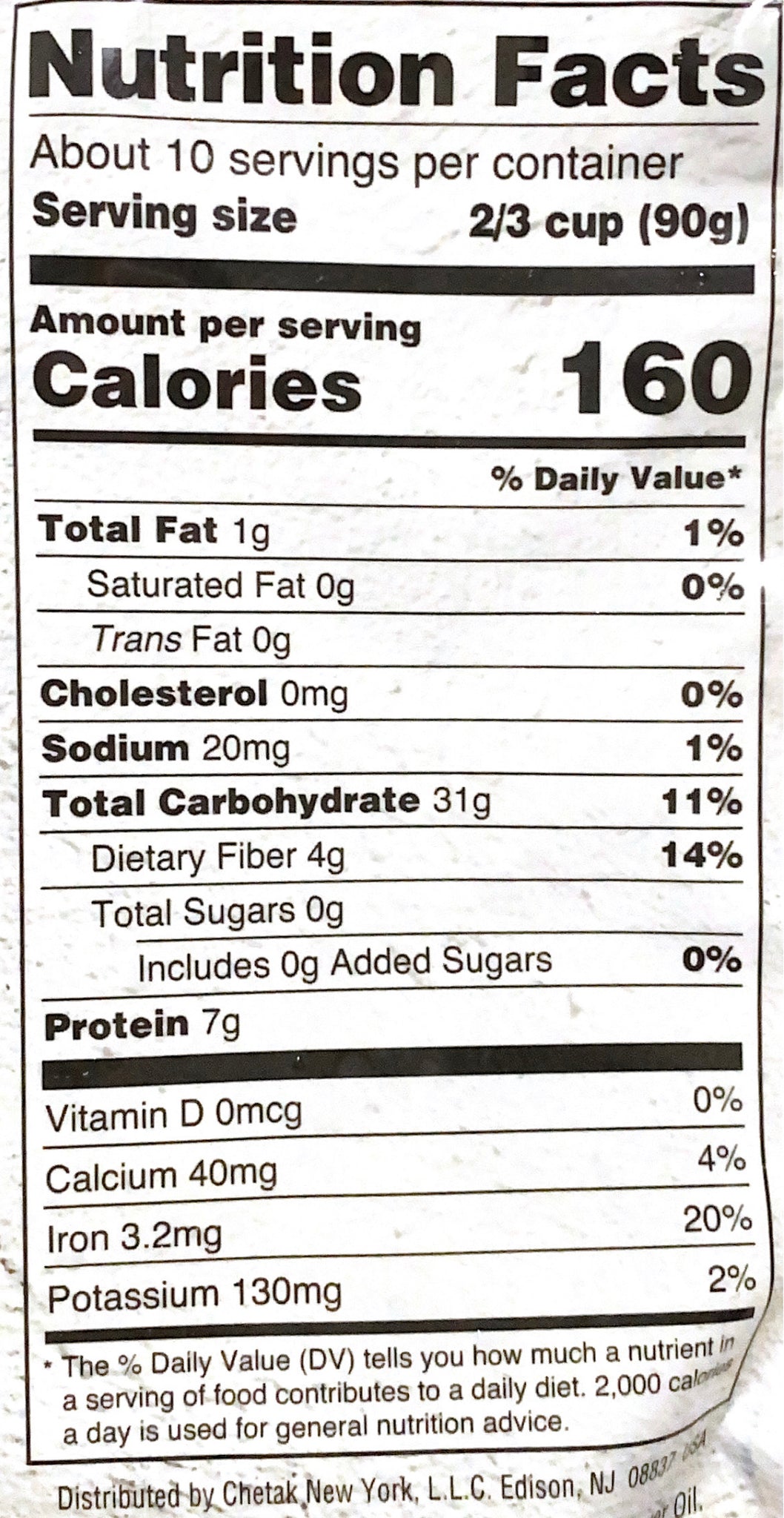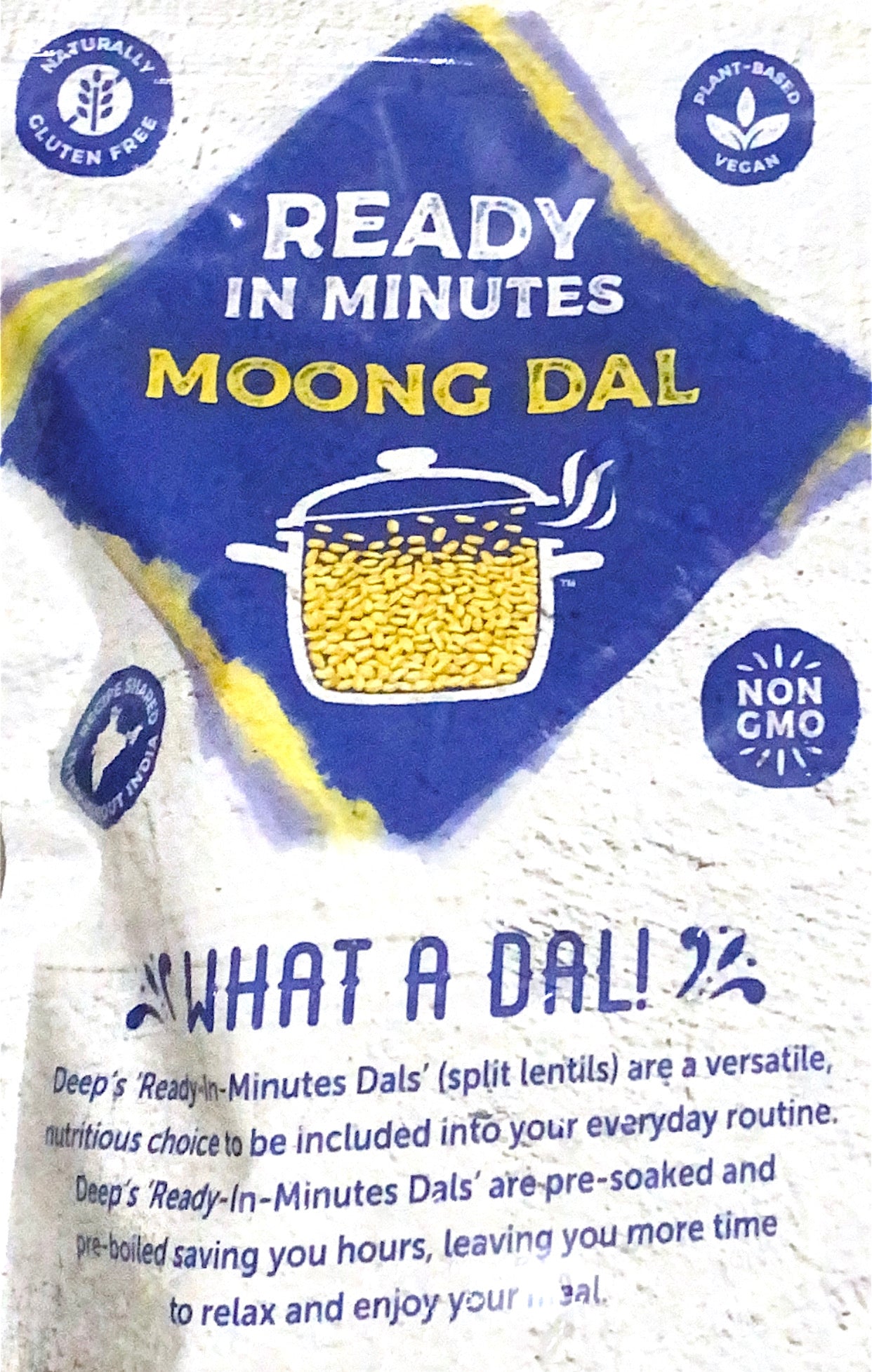Moong Dal
- Product Weight: 907 g
- Category: Deep, Dried Beans & Lentils, Grocery & Gourmet Foods, Lentils, Out of Stock
Deep Soaked & Boiled | Moong Dal | Boiled Split Mung Beans
Mung beans are called as Moong Dal in India. Mung beans also know green gram or moong. In the Indian Cuisine, both the whole lentils and the split ones are used.
The whole mung beans have a green color and when they are husks are removed, you see the yellow color of the beans.
Mung beans are a staple in the Indian cuisine. We make a variety of dishes with it from stews, soups to sweet dishes.
According to ayurveda, Moong dal is tridoshic meaning it balances all the three doshas which are kapha, vata and pitta.
Moong lentils are highly nutritious and easy to digest. They are light on the stomach if cooked in a simple & minimal way, thereby making these an excellent food for small kids and convalescing people. In Ayurvedic diets or in detox diets, moong dal is a recommended lentil.
Difference between Dal Tadka & Dal Fry
Though both dal tadka and dal fry may look same, the preparation and the final taste of each dish is different.
- Dal Fry is made by cooking the lentils in a pan or pressure cooker. Onions, tomatoes, herbs and spices are sautéed in some oil and ghee. To this sautéed mixture the cooked dal is added and further simmered.
- Dal Tadka is made by cooking the lentils with onions, tomatoes, ginger, garlic and green chillies. Spices like cumin, mustard seeds, dry red chillies and herbs like garlic or coriander leaves or curry leaves are fried in oil or ghee. This fried mixture of the hot oil with the spices and herbs are then added to the cooked dal.
- Variations: Of course with both the preparations, you can always change the core ingredients (apart from the lentils) including the spices and herbs. Plenty of variations are possible in both dal tadka as well as dal fry recipes.
Deep Soaked & Boiled | Moong Dal | Boiled Split Mung Beans
Mung beans are called as Moong Dal in India. Mung beans also know green gram or moong. In the Indian Cuisine, both the whole lentils and the split ones are used.
The whole mung beans have a green color and when they are husks are removed, you see the yellow color of the beans.
Mung beans are a staple in the Indian cuisine. We make a variety of dishes with it from stews, soups to sweet dishes.
According to ayurveda, Moong dal is tridoshic meaning it balances all the three doshas which are kapha, vata and pitta.
Moong lentils are highly nutritious and easy to digest. They are light on the stomach if cooked in a simple & minimal way, thereby making these an excellent food for small kids and convalescing people. In Ayurvedic diets or in detox diets, moong dal is a recommended lentil.
Difference between Dal Tadka & Dal Fry
Though both dal tadka and dal fry may look same, the preparation and the final taste of each dish is different.
- Dal Fry is made by cooking the lentils in a pan or pressure cooker. Onions, tomatoes, herbs and spices are sautéed in some oil and ghee. To this sautéed mixture the cooked dal is added and further simmered.
- Dal Tadka is made by cooking the lentils with onions, tomatoes, ginger, garlic and green chillies. Spices like cumin, mustard seeds, dry red chillies and herbs like garlic or coriander leaves or curry leaves are fried in oil or ghee. This fried mixture of the hot oil with the spices and herbs are then added to the cooked dal.
- Variations: Of course with both the preparations, you can always change the core ingredients (apart from the lentils) including the spices and herbs. Plenty of variations are possible in both dal tadka as well as dal fry recipes.






































